Welcome back to the Duy Magi website!
The revolutionary Astrology form called Multiverse Astrology has captured everyone’s attention. By utilizing the 6 dimensions in the Geocentric and Heliocentric Universes, Multiverse Astrology provides interpretations and predictions with remarkable accuracy compared to other Astrology forms.
However, many people are still unsure about how much Aspect Orb should be used in each spatial dimension. Therefore, in today’s blog, let’s explore the topic of Aspect Orb in the 6 dimensions across 2 Astrological Universes in Multiverse Astrology.
If you don’t want to read, please watch the video version below:
Part 1: Overview about the 6 Dimensions in Astrology
Based on years of research, Multiverse Astrology has identified the existence of six important dimensions in two astrological universes, namely, the Geocentric Universe and the Heliocentric Universe.
The Geocentric Universe is formed by fixing the position of the Earth at the center and then establishing the coordinates of other planets. There are many spaces in the Geocentric Universe, but the most common spatial dimension is the Geocentric Zodiac 12, formed by dividing the circle into 12 equal parts.
This is the dimension that anyone studying Western Astrology uses. And usually, people stop here.
However, few people are familiar with the Heliocentric Universe in Astrology. The existence of the Heliocentric Universe is confirmed when astronomers discovered that the Sun is the center of the Solar System. In this universe, we determine the motion coordinates of the planets by taking the Sun as the reference point at the center.
Therefore, we have 2 Astrological Universes, the Geocentric and Heliocentric Universes. But I won’t delve into the details as there is already a blog explaining thoroughly about the 6 dimensions in Multiverse Astrology. I’ll leave the link below in the description. So now, let’s get into the specifics of Aspect Orb in each dimension of Multiverse Astrology.
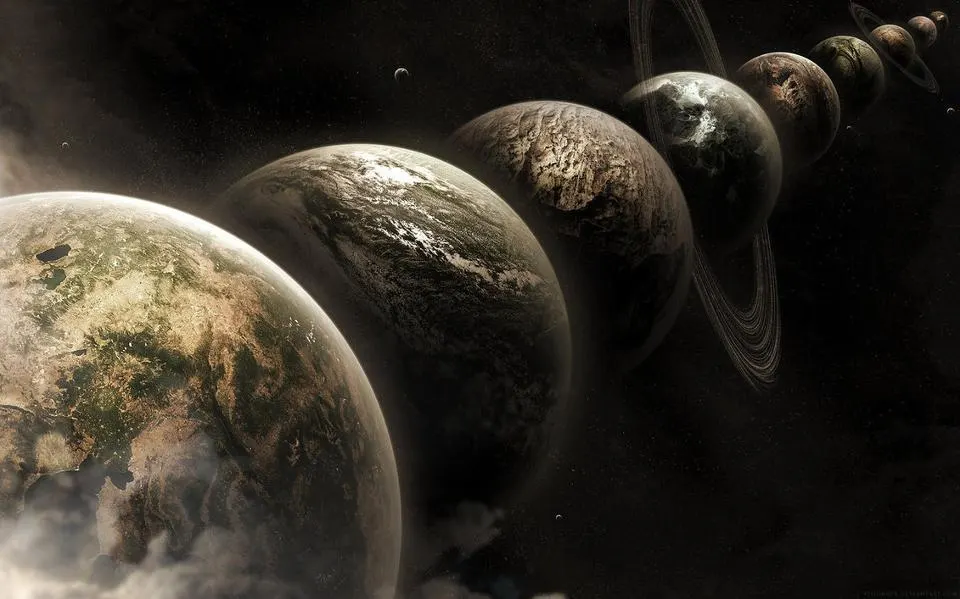
Part 2: Geocentric Zodiac 12 and Heliocentric Zodiac 12
These two dimensions are created by dividing a circle into 12 equal parts. From there, the position of each planet is determined as they move horizontally.
The difference between these two dimensions is straightforward. In the Geocentric dimension, we fix the Earth at the center. In contrast, in the Heliocentric dimension, we fix the Sun at the center. Therefore, the Geocentric star map will not have the Earth, and the Heliocentric star map will not have the Sun.
When dividing the 360-degree circle into 12 parts, each part will be 30 degrees. This forms the basis for the system of astrological aspects in these two dimensions. Specifically, there are 7 types of astrological aspects here:
- 0-degree is called Conjunction
- 30-degree is called Semisextile
- 60-degree is called Sextile
- 90-degree is called Square
- 120-degree is called Trine
- 150-degree is called Quincunx
- 180-degree is called Opposition
Here is an example of a natal chart in the Horizontal Geocentric 12 dimension for a person born on January 1st 1990 at 12 noon in Vietnam. Glancing briefly, we can see some of the following astrological aspects:
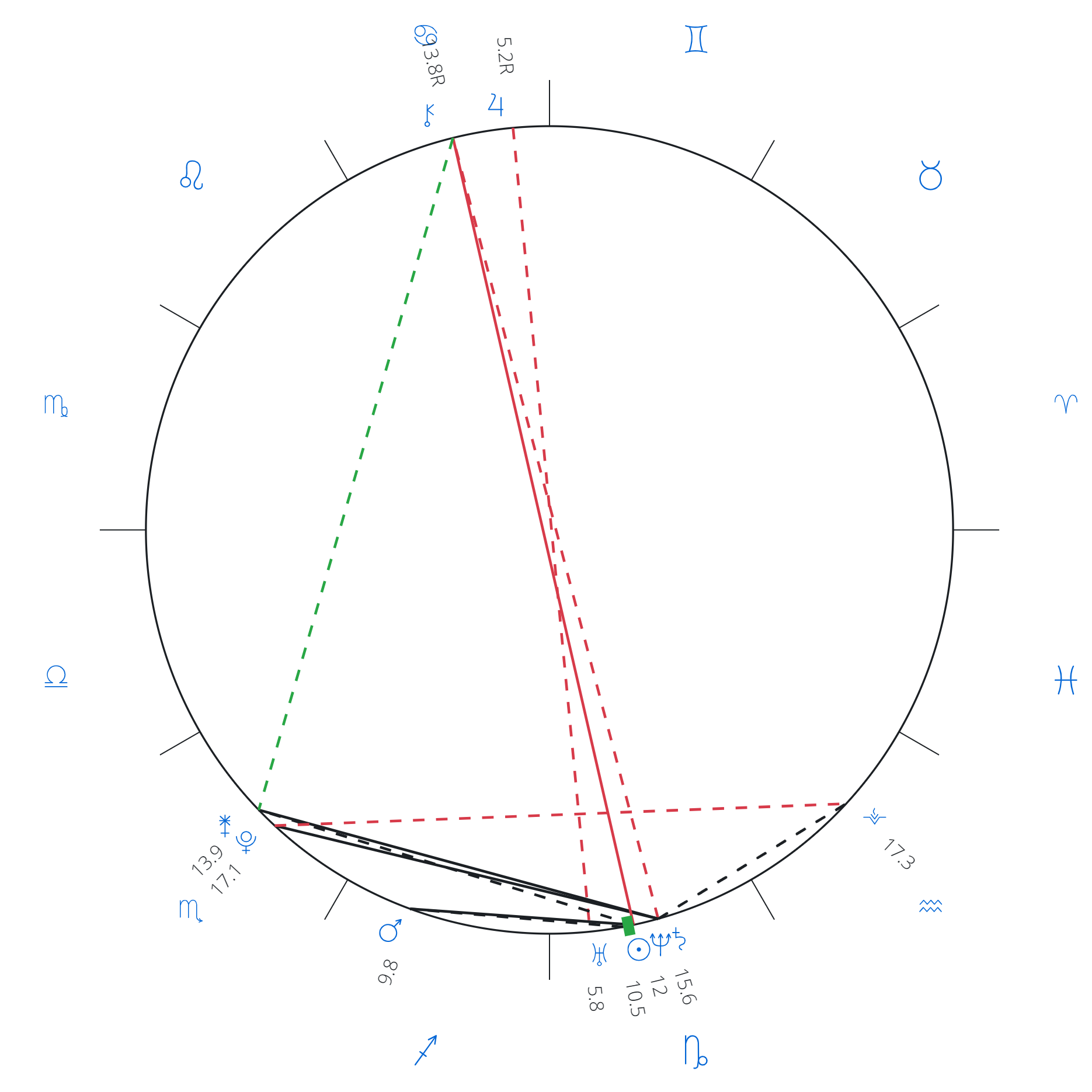
- Sun conjunct Neptune
- Mars semisextile Sun
- Juno sextile Saturn
- Pluto square Vesta
- Chiron trine Juno
- Venus quincunx Jupiter
- Jupiter in opposition Uranus
And the Standard Orb I recommend everyone use is 3 degrees for all aspects. You should avoid using a wider orb, for example, 5 to 10 degrees as some suggest. The reason is that such a large deviation can render the aspect ineffective. Now, let’s move on to the next two dimensions.
Part 3: Geocentric Zodiac 7 and Heliocentric Zodiac 7
Similarly, these two dimensions are created by dividing a circle into 7 equal parts. From there, the position of each planet is determined as they move vertically.
When dividing the 360-degree circle into 7 parts, each part will be approximately 51.43 degrees. This forms the basis for the system of astrological aspects in these two dimensions. Specifically, there are 3 types of astrological aspects here:
- 51.43-degree is called Septile
- 102.86-degree is called Biseptile
- 154.29-degree is called Triseptile
Here is an example of a natal chart in the Heliocentric Latitude 7 dimension for a person born on January 1st 1990 at 12 noon in Vietnam. Glancing briefly, we can see some of the following astrological aspects:
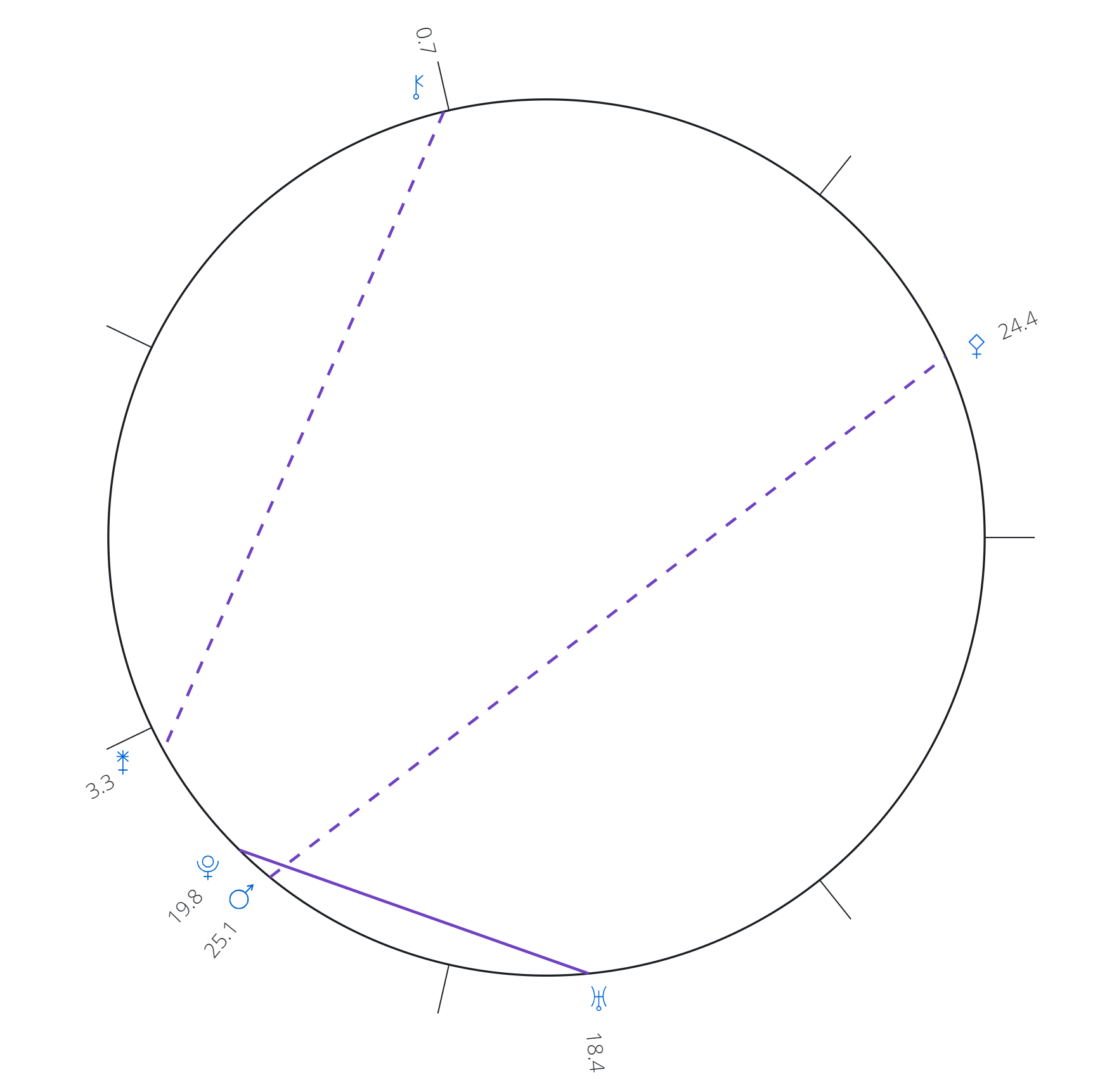
- Uranus septile 51.43 degrees to Pluto
- Chiron biseptile 102.86 degrees to Juno
- Pallas triseptile 154.29 degrees to Mars
Similar to the Zodiac 12 dimension, in this Zodiac 7 dimension, I recommend a 3-degree orb. However, there will be some exceptional cases where we are allowed to widen the orb. Therefore, I will have a follow-up blog discussing the topic: The Law of Widening Aspect Orb in Multiverse Astrology.
Now, let’s move on to the final two vertical dimensions.
Part 4: Geocentric Declination and Heliocentric Latitude
These are the most unfamiliar dimensions for most people. Before we delve into the details, let’s imagine opening a world map. To determine the coordinates of a city on the map, we need to know both the longitude (vertical coordinates) and latitude (horizontal coordinates) of that location.
Similarly, to determine the coordinates of a planet moving in the sky, we need to know both the coordinates in the horizontal and vertical directions of that celestial body. This is because the planets move both horizontally and vertically at the same time.
This is the premise for the Geocentric Declination and Heliocentric Latitude dimensions in Multiverse Astrology.
Astrology charts in these two vertical dimensions will always include the Northern and Southern hemispheres. They are divided in half by the 0-degree axis horizontally in the middle. And because these two dimensions observe the movement of planets in the North-South latitude, there will be only 2 types of astrological aspects:
- Parallel – formed when two planets move at the same latitude on the same Northern or Southern hemisphere
- Contra-Parallel in the Geocentric dimension and Contra-Latitude in the Heliocentric dimension – formed when two planets move on different hemispheres
Here is an example of a natal chart in the Geocentric Declination dimension for a person born on January 1st 1990 at 12 noon in Vietnam. Glancing briefly, we can see some of the following astrological aspects:
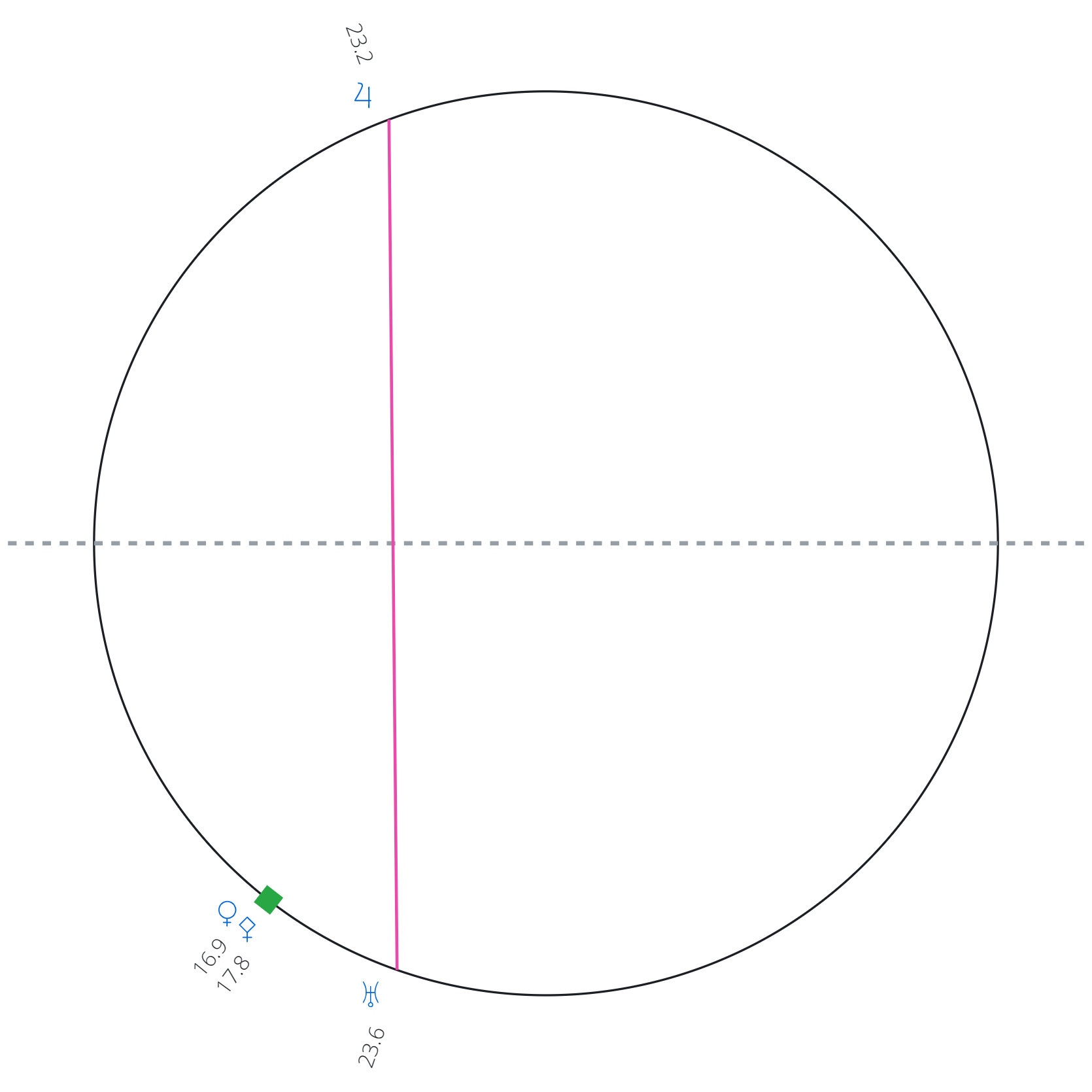
- Uranus forms a Contra-Parallel aspect with Jupiter
- Venus forms a Parallel aspect with Pallas
The Standard Orb for Parallel Aspect in the two Vertical dimensions is unique because of the disparity between the Geocentric and Heliocentric Universes. The Standard Orb in the Geocentric Declination dimension is 1.2 degrees, equivalent to 1 degree 12 minutes. In contrast, the Standard Orb in the Heliocentric Latitude dimension is 0.3 degrees, equivalent to 0 degrees 18 minutes.
And there you have the details of the Standard Orb of the 6 dimensions used in Multiverse Astrology. These 6 dimensions play equally important roles in the process of interpretation.
This marks a significant advancement in astrology as mainstream 12 Zodiac Astrology used much wider deviations. However, this has limited the accuracy of interpretations in Traditional Astrology.
A practical study titled “A Double Blind Test of Astrology,” published in the scientific journal Nature in 1985, confirmed this. 28 renowned astrologers were gathered to participate in a test predicting the personalities of volunteers. The results indicated that traditional astrologers were only accurate about 30% of the time.
A major reason for the relatively low accuracy of Zodiac Astrology is that it only uses the Geocentric Zodiac 12 dimension, neglecting the other 5 dimensions. Additionally, they use excessively large Standard Aspect Orbs.
In conclusion,
Multiverse Astrology marks a significant advancement in the field of astrology by implementing a super tight use of Standard Aspect Orbs across the 6 dimensions within the Geocentric and Heliocentric Astrological Universes.
However, in certain cases, we are permitted to widen this Standard Orb. Therefore, in the next blog, we will delve deeper into the topic: The Law of Widening Aspect Orb in Multiverse Astrology.
If you’re interested in learning more about Multiverse Astrology, please follow Duy Magi website. I will continue to release blogs teaching this fascinating astrological system. If you prefer not to wait and want to learn directly with me, please enroll in my astrology class at the link below.
If you feel impatient and want immediate guidance, you can sign up for my Multiverse Astrology Consultation service at the link provided in the description.
Thank you all so much, and I look forward to seeing you in the upcoming blogs.
Hourly Astrology Consulting Service
Auspicious Date Selection Service
Learn Multiverse Astrology






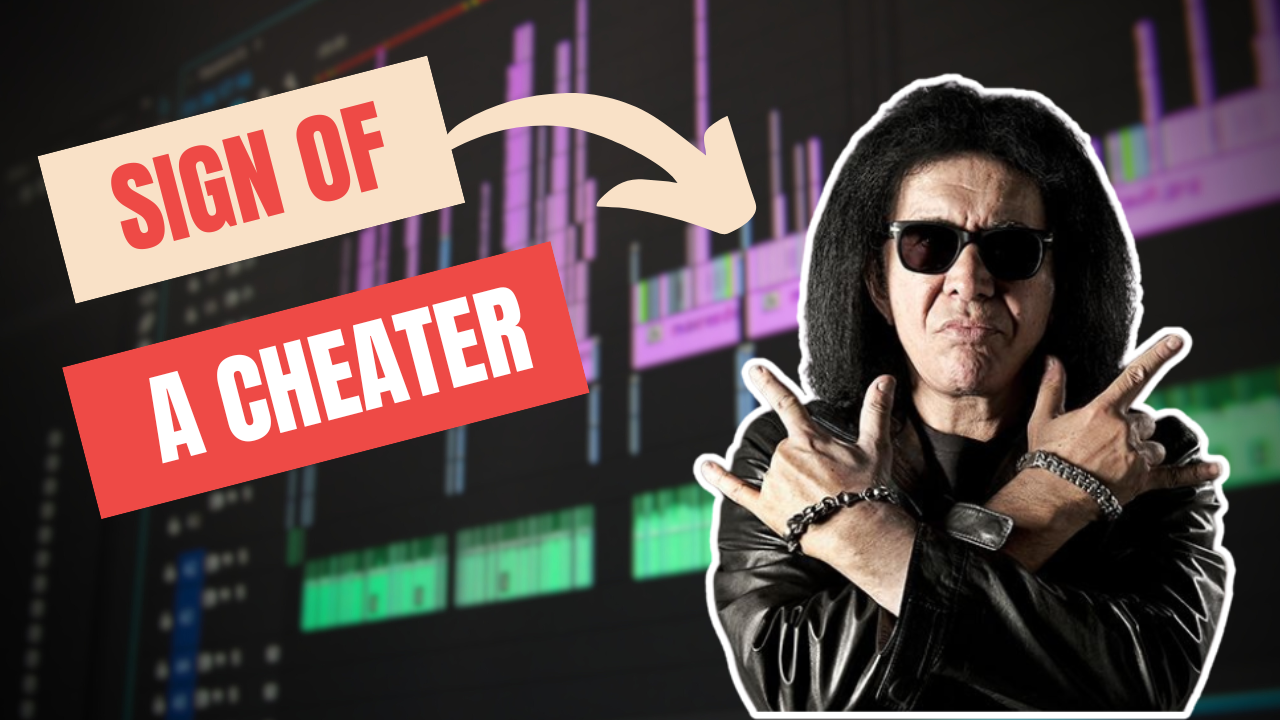


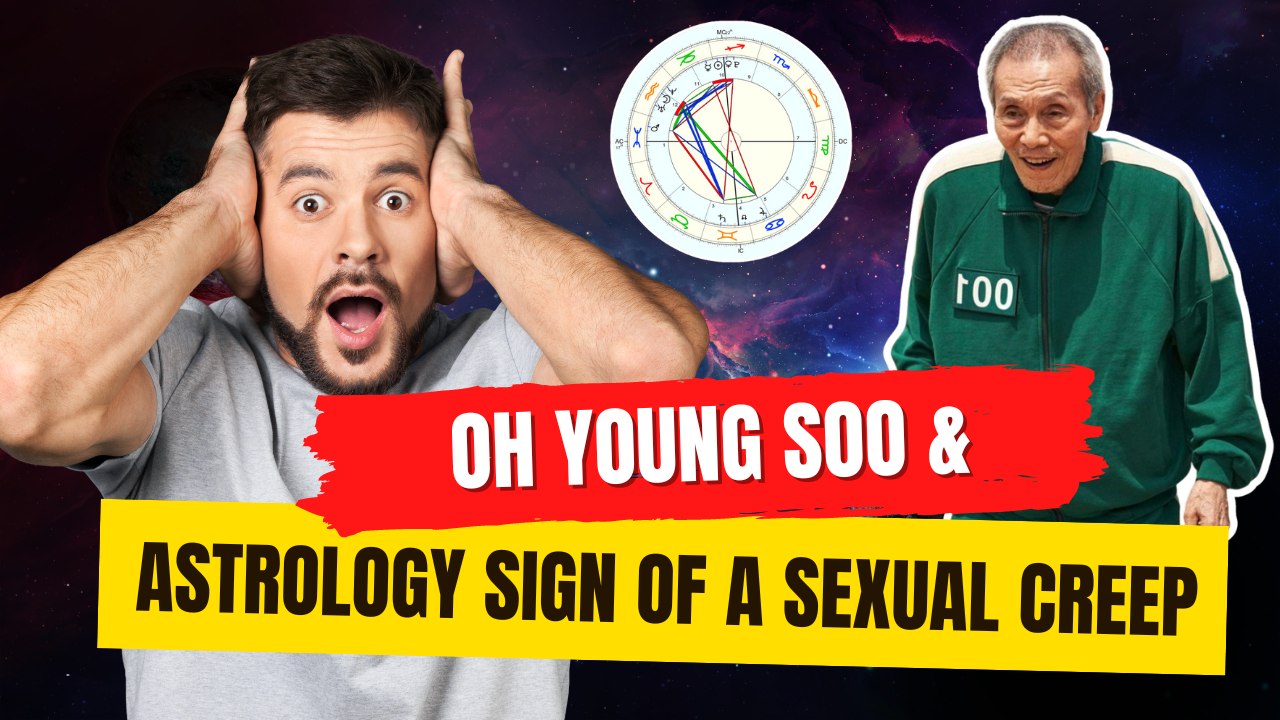



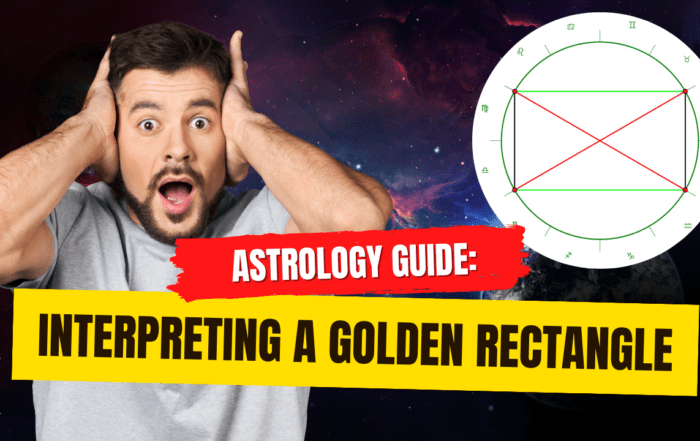






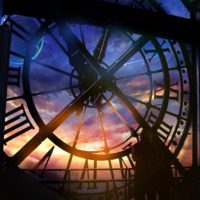
I’m not that much of a online reader to be honest but your blogs
really nice, keep it up! I’ll go ahead and bookmark your site
to come back in the future. All the best
My blog post: gold ira companies
Heya i’m for the first time here. I came across
this board and I find It really useful & it helped me out a
lot. I hope to give something back and aid others like you helped me.
Visit my blog post :: gold ira companies